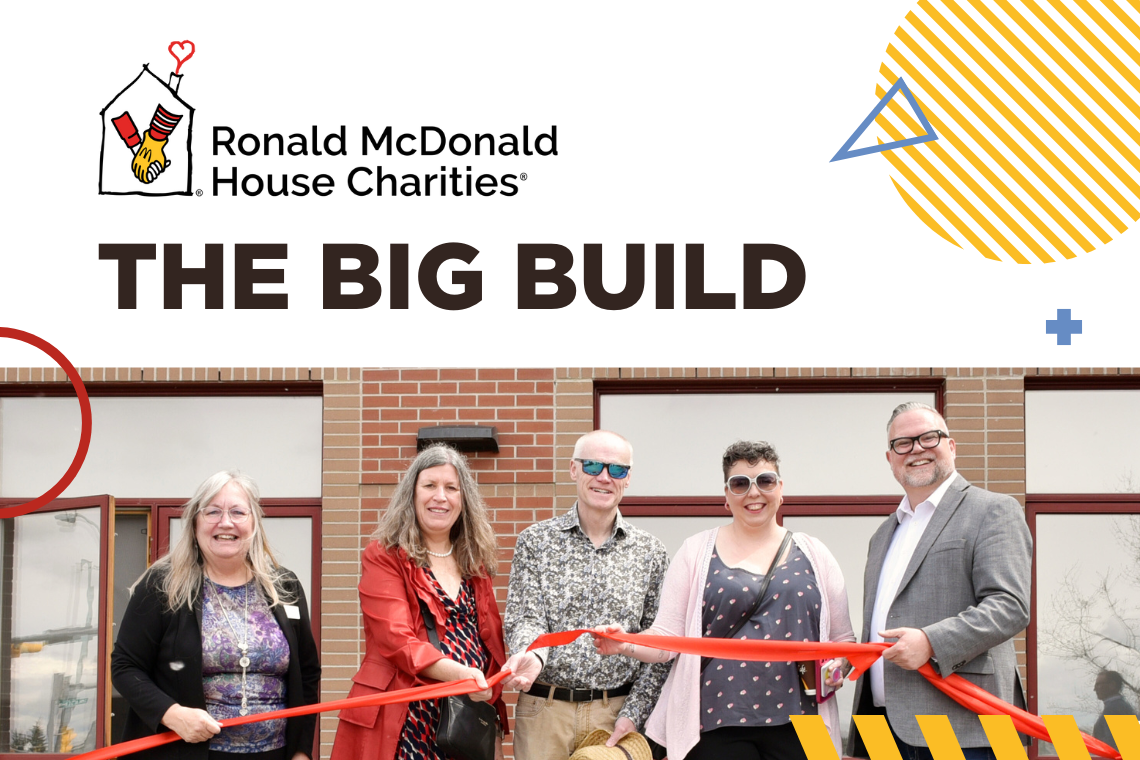
May 04, 2017 | Donna Balzer
Shelter from the storm

Avid gardeners should consider elevation, climate and soil before buying a new home
As many Albertans know, we can get some really nasty hail storms. Years ago, when we lived in Airdrie, my kids got pelted by golf-ball-sized hail walking back from school. They survived, but my garden wasn't as lucky; the hail had stripped leaves off trees and pummeled my native orchids into the dirt. After nine years in Airdrie, it was the final straw. We listed the house and moved back to Calgary.
Thankfully, garden enthusiasts can now look up factors that impact their garden, such as elevation, before buying a house. Other factors that affect a garden, like soil and microclimate, can be changed, but elevation is fixed. If you are a gardener looking to buy or sell in a satellite community, here are some gardening tips to consider:
Elevation
If you can see the mountains, you can probably feel the wind blowing off them. Higher elevations have better mountain views, but are colder at night and have fewer frost-free days. Within Calgary, the difference between Royal Oak at 1260 metres and Riverbend at 1020 metres results in nearly an extra week of tomato ripening time. Even better weather, if you're willing to give up mountain views and river valleys, can be found in Strathmore. At a mellow 970 metres above sea level, this satellite community is naturally milder than anything in the big city.
Soils
In a recent Grow Food Calgary class, everyone brought a sample of their soil. We discovered, as a group, that natural soil textures vary between areas within and outside the city.
While no one had perfect loam soils, the "older" gardens, with years of amending, were better for growing than fresh soils recently purchased and tossed on newly developed land. The good news is this: every soil, regardless of its source, can be improved with microbe-rich organic matter from a farm or compost pile.
As the soils are amended and raised up in beds they warm up faster in the spring. This means making or buying compost will help gardeners everywhere, but especially those with new garden plots.
Microclimate
Big trees and buildings break the wind, and this shelters and warms older neighborhoods. Any area sheltered by trees, buildings or fences has a warmer microclimate and slightly better weather.
Big trees and buildings break the wind, and this shelters and warms older neighborhoods. Any area sheltered by trees, buildings or fences has a warmer microclimate and slightly better weather. A fence two metres tall will slow wind by 50 per cent up to four metres away. So in satellite communities, especially where houses are brand new, adding a solid board fence first, and situating your garden where it gets sun and maximum shelter will give you an edge over your neighbours.
And don't ignore house orientation. When a backyard faces south the soil thaws quicker in spring and is naturally warmer for tomatoes all summer because a house with a south-facing backyard will reflect more heat into the garden than a north-facing backyard.
To protect new trees, it's a good idea to set up temporary covers which limit hail damage for the first few seasons, until the trees grow bigger. And you can even research hail zones with your insurance company before you buy a house for added peace of mind.
While no one area is completely free of hail, some places are a little more mellow than others.
When I moved south of Airdrie, apparently I didn't move far enough east. I could have gone as far as Strathmore or even Medicine Hat where the warm and cozy elevations make gardeners grin.
Donna Balzer's column appears exclusively in CREB®Now biweekly. Contact Donna at www.donnabalzer.com
Tagged: Donna Balzer | Elevation | Gardening | Gardening | House & Home




